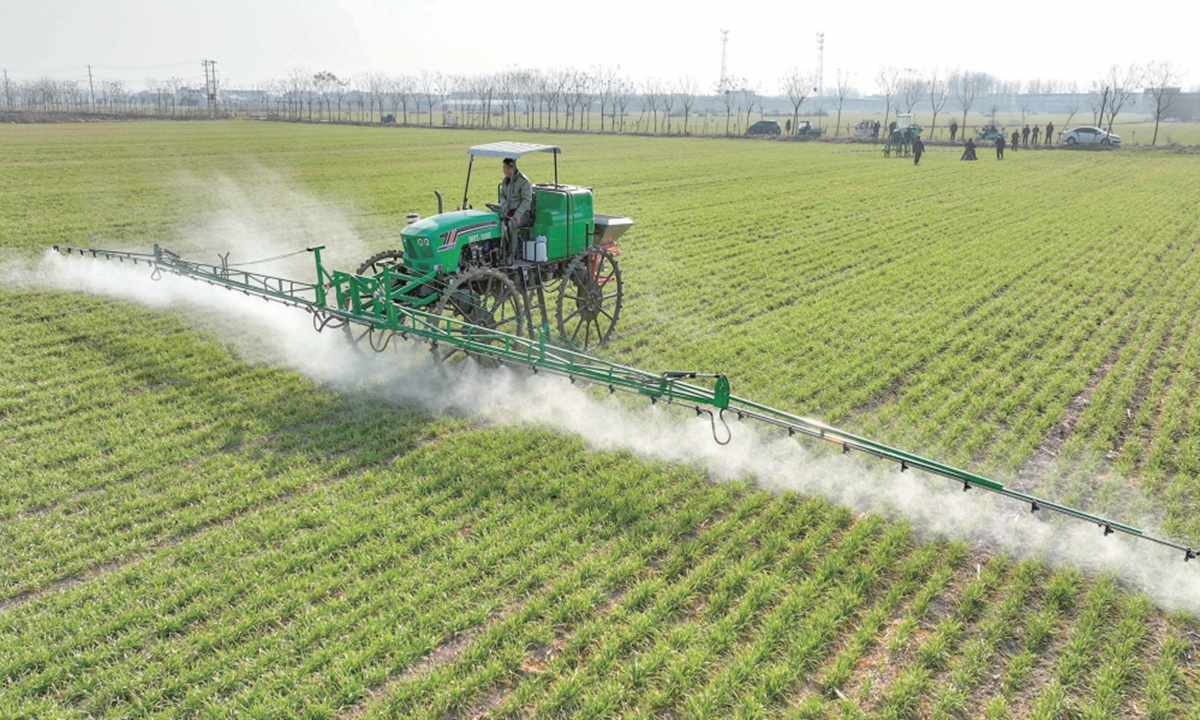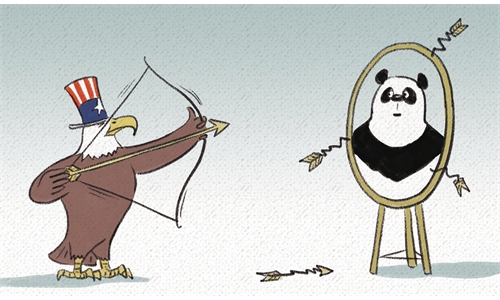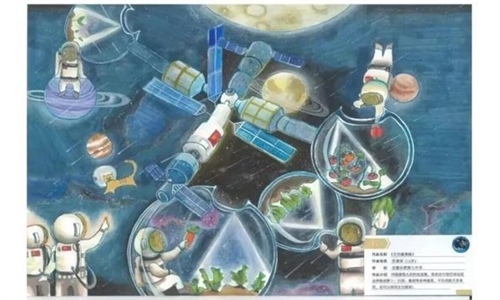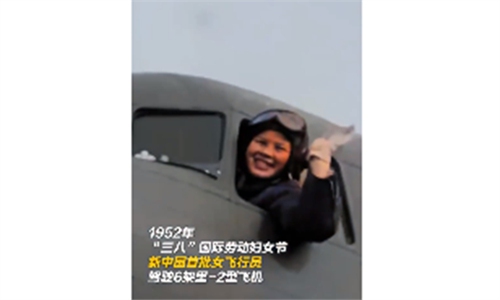
People drive a self-propelled high-pole sprayer to spray wheat in the fields of Gaotang village, East China's Anhui Province, on January 8, 2023. In the midst of the critical period of wheat field management, local farmers are using plant protection drones and large-scale agricultural plant protection machinery to carry out chemical weeding and pest control to ensure the success of the harvest. Photo: cnsphoto
China has applied self-developed intelligent recognition technology for identifying pests in six provinces, providing accurate information for farmers to take up follow-up actions, one expert told the Global Times.
The technology, which was developed by the Institute of Intelligent Machines (IIM), Chinese Academy of Sciences, in Hefei, East China's Anhui Province, can accurately identify dozens of common pests, assisting researchers and farmers to determine the extent of pests and diseases in the field, Du Jianming, a research fellow from IIM told the Global Times.
Du noted that the technology can provide decisions and suggestions for pest control, precise application of pesticides and effective reporting.
The technology is developed based on artificial intelligence (AI) image recognition and detection technology, which allows machines to automatically identify the types and numbers of pests in photos.
Du said that the smart device for capturing images of pests is developed by IIM, and the photos taken by the devices will be analyzed through dedicated algorithm servers. It only takes around one second for the analysis results to be fed back into mobile terminals.
The data will be also uploaded in the cloud database for other users to review and edit to complete necessary reporting work, Du said.
Nowadays, IIM is working with other institutions to study and research more pest detection technologies under different measurement and reporting equipment, such as the AI identification of multiple pest species under fixed pest detection lights in the field.
The fixed pest detection lights in the field are capable of attracting pests through a certain frequency of light, taking photos of pests and identifying their species using AI. This method can achieve an identification accuracy of 75-80 percent for major pests.
The adoption of the AI technology for the recognition of pests is more complicated than facial recognition of human beings, said Du.
Du said that the current data base includes more than 1 million pictures covering 29 crops along with more than 300 kinds of pests and diseases.
The identification accuracy of 40 or 50 kinds of pests and diseases has surpassed 80 percent, Du said, stressing that the facial recognition technology has been relatively successful for identifying some major migratory pests and key pests of wheat and rice.
Starting from 2018, the technology has been adopted in six provinces -Anhui, Jiangxi, Henan, Hubei, Hubei and Shandong.
Next, Du noted that researchers are working toward to develop a long-term automated and highly accurate prediction method for pests and diseases occurrence, aiming to adopt advanced AI to gradually replace manual work and helping agricultural experts predict pest occurrence in a faster and more accurate way.



